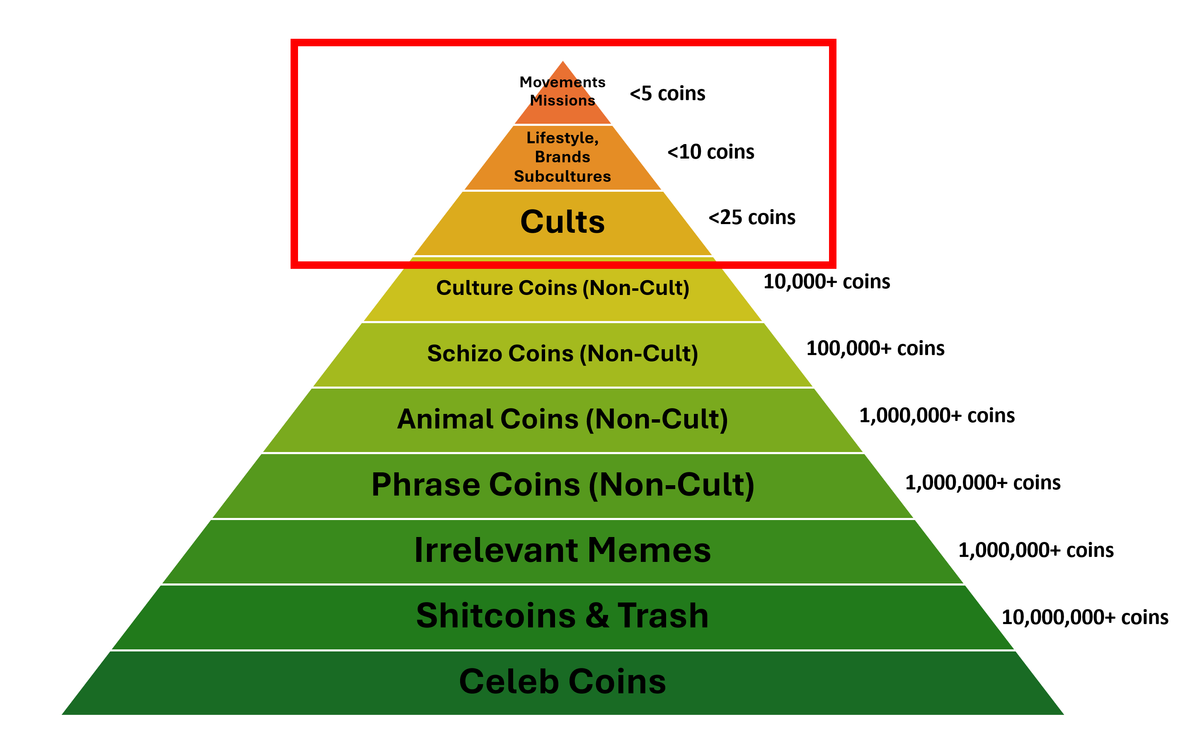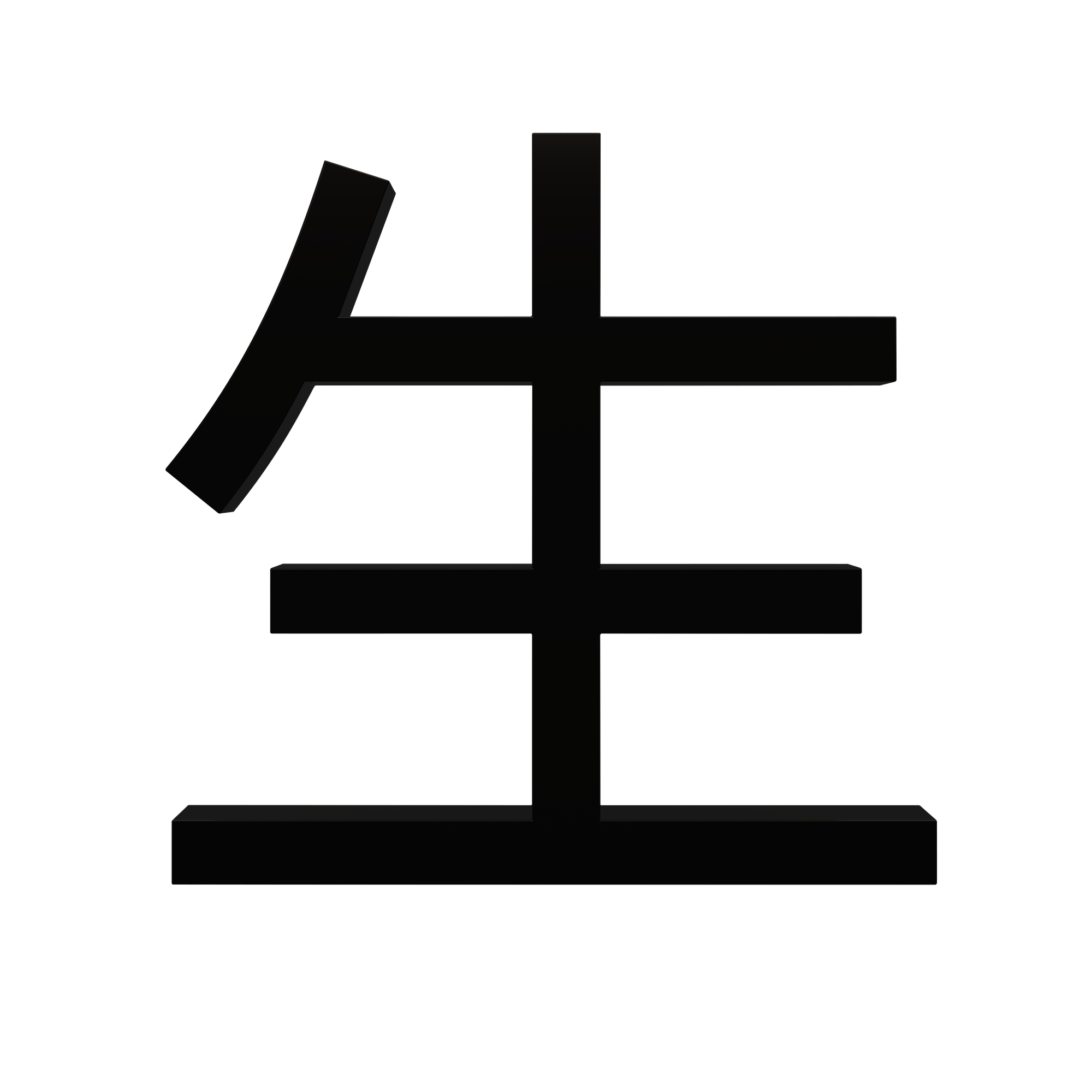CULT COINS

AI-Native Art
Introduction
Ikigai Labs sits at the forefront of the intersection between art, technology, and the evolving Web3 landscape. With a curated collection of Web3-native art spanning from 2017 to 2025, Ikigai Labs celebrates the pioneering creativity of the early NFT era while looking ahead to the future of Real-World Art (RWA) integrated with TRACE technology. But beyond our digital museum walls, a new frontier is emerging—Cult Coins.
Cult Coins: An Evolution in Art and Technology
Cult Coins represent a new era of AI-native digital assets. Unlike traditional NFTs, which are static representations, Cult Coins are dynamic, AI-driven characters and personas with evolving skill sets, hosted on the Solana blockchain. These coins are more than just collectibles; they are living entities that grow and adapt over time, reflecting the cutting edge of AI-native art and digital asset technology.
Curating the Future
To fully realize this vision, a strategic approach to curation is essential. While the temptation exists to mint all 100+ AI characters we've developed, the most impactful path forward is to curate this vast collection down to a manageable number—24. Each character will be carefully selected not just for their visual appeal, but for the story they tell, embodying the innovation and spirit of AI-native art.
The Launch Strategy
The launch of Cult Coins will be executed in phases, beginning with the deployment of 8 tickers on Moonshot, our chosen platform. Each ticker will represent a unique AI persona, complete with an image, ticker name, description, and integration with our LiveTheLifeTV social channels, including Discord, X (formerly Twitter), and Facebook.
Interactive Experiences
What sets Cult Coins apart is their interactivity. Each AI persona will have its own dedicated channel on LiveTheLifeTV’s Discord, where collectors and fans can engage directly. These characters are not static; they can respond to questions, participate in discussions, and even broadcast messages on X, making them living, evolving entities within the Web3 space.
Real-World Integration
While Cult Coins exist in the digital realm, their influence will extend into the physical world. Selected characters from the curated collection will be minted on the OG Ethereum network and printed on high-quality materials through our partnership with WhiteWall. These prints will not only serve as valuable art pieces for collectors but also blur the lines between the digital and physical worlds.
Conclusion
Ikigai Labs is more than just a museum; it’s a launchpad for the next generation of AI-native art. As we prepare to mint and launch Cult Coins, we're not simply creating another set of collectibles; we're crafting a narrative, curating an experience, and pushing the boundaries of what art can be in the Web3 era. Our focus now is on fine-tuning this narrative, selecting the personas that will lead this new frontier, and preparing to launch them into the world. Stay tuned to see which characters make the cut and how you can become part of this AI-native revolution.


